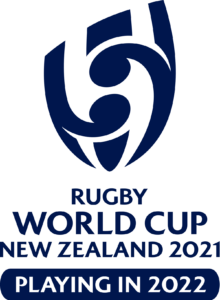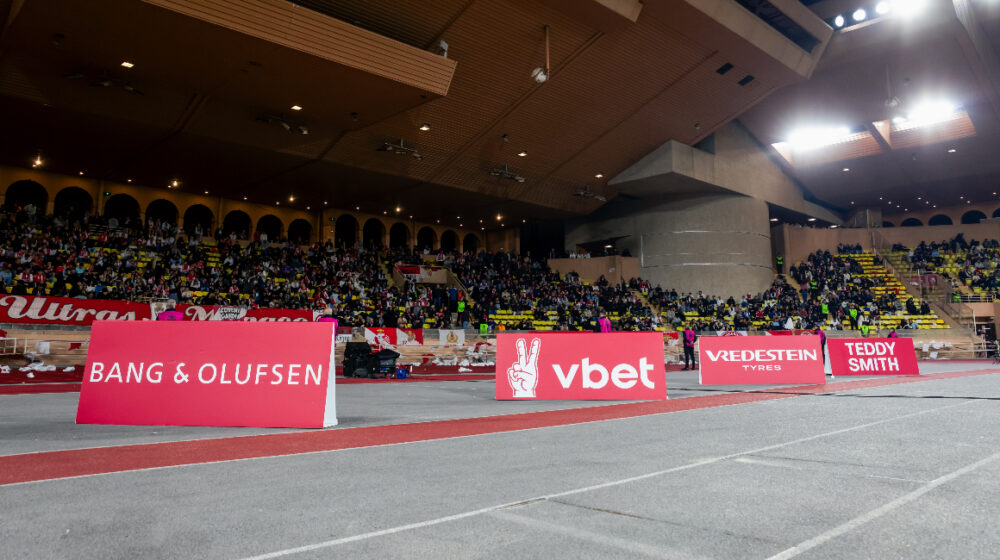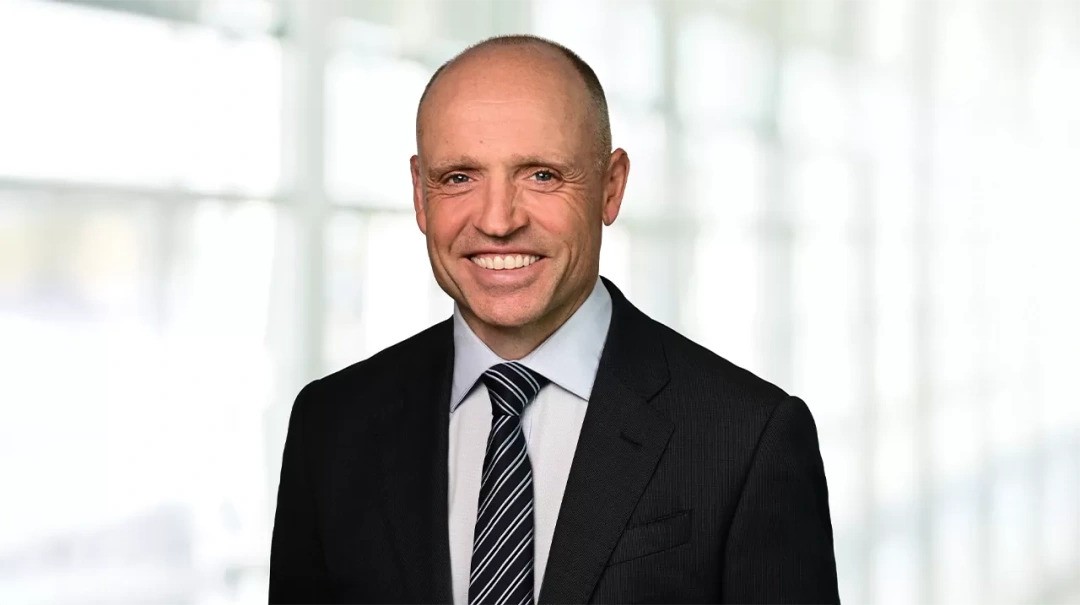In an exclusive interview with Ministry of Sport, chair of the 2021 Women’s Rugby World Cup’s organising committee, Dame Julie Christie broke down their strategies that will make it a success.

Leaving a legacy:
Commenting on how the World Cup will leave a legacy for women’s rugby, Christie said they didn’t want to replicate the men’s tournament in 2011 but wanted the same feeling of a nation being behind them.
“We chose to go with Eden Park, which was a big risk, especially for opening day up until this year because people hadn’t paid to go to a women’s rugby match in the past,” Christie said.
“They were either a curtain raiser or doubleheader with the All Blacks, or they were free to the public. So, we realised that we had to create a great fan experience, a great sense of community and entertainment extravaganza. We also knew if we filled Eden Park, it would be a legacy not only for New Zealand, not only for women’s sport in New Zealand, but for rugby worldwide,” she said.
Christie also said they had government assistance for Eden Park and match venues, as well as training venues, where rooms were refurbished to be more gender neutral and female friendly, by removing urinals, installing additional showers and baby changing tables.
“So, facilities, fan engagement, but also most of all, the proof to women and girls that playing rugby is truly empowering and you don’t need to be an All Black to play in front of 40,000 people, you can be a Black Fern, and play in front of record crowds. So, supercharging the women’s game was the aim and I think that’s absolutely been at the heart of everything we’ve done,” Christie said.
Postponing until 2022:
Commenting on delaying the tournament until 2022, Christie said the pandemic was a completely different dilemma to the 2011 Christchurch earthquake, because they were looking at an event without crowds.
“Given that we really wanted to engage fans and wanted to have a better experience for players and audiences, it made it really difficult for us to stage what we wanted without crowds,” Christie said.
“So, while it was a tough decision at that time, it did enable us to think bigger and better. We worked with World Rugby, to change the structure of the tournament, so that the games will be on weekends where we get large crowds, and we, World Rugby and New Zealand Rugby, just dedicated more resources to making it an even better celebration. If we had gone as we were going to last year it wouldn’t have had the impact.
Teams were also a key consideration for delaying the tournament, where the risk to athletes was too high under the strict COVID-19 protocols and could result in several players or an entire team having to isolate.
Maximising crowds:
Commenting on their plans to maximise turn out for each match day, Christie said in addition to the sell-out at Eden Park, match day four at Waitakere, which holds 5,000 people, has been sold out, along with an additional 19,000 tickets being sold for the games held in Whangerei.
“Obviously, the Black Ferns give any crowd a boost, but what we’ve really concentrated hard on is making it a great fan experience. It’s not just about rugby, the other thing is affordability, so when we set out, we decided we’re not giving tickets away and instead we’ll make them make them affordable. So, the tickets for kids start at $5 and all tickets being between $5 and $40. It’s a great day out, when for five bucks, you can go and see continuous entertainment including Rita Ora,” Christie said.
“So, when there’s not rugby being played, there’s some form of entertainment on. We don’t have formalities and speeches and the traditional opening stuff, it’s entirely end to end entertainment,” she said.
Sponsorships and company presence:
Commenting on companies turning out, Christie said large companies, whether they’re sponsors of the tournament or not are buying tickets in the thousands due to their affordability.
“When it comes to the sponsor companies, women’s sport has become such a major target for sponsors because they see it as a big growth area. The achievement of what women are currently doing is just something that companies want to be associated with. So, we didn’t have any problem, we made our sponsorship targets and didn’t have any problem reaching them,” Christie said.
“I can’t speak for World Rugby, but they certainly have strong sponsors around this tournament and it’s just about what you want to be associated with, which is a game that’s growing and empowering to women and kids, a sense of affordability, entertainment and patriotism are also things that really appeal to companies at this time and that’s why they’ve engaged so well,” she said.
Matchday venues:
On the decision process for match venues, Christie said they chose venues where they could get the right size crowds by factoring in how many fans would attend and the families of athletes who were at the tournament.
“We weighed up how we get the right sized stadiums to make it a great experience for the players, where many of these players have never played in front of a crowded Stadium,” Christie said.
“This is Fiji’s first time ever in a women’s fifteens World Cup, so it was really weighing up how we get good crowd sizes and which stadiums have upgraded facilities because we have to make the player experience much better too,” she said.
Christie also said it would have been great to share the tournament with the whole country, however, the travel costs for teams were too high, meaning it was better for the committee to focus on appealing to the maximum amount of people from Auckland to Whangerei.
To catch up on other stories from the Women’s Rugby World Cup, as well as other world cups, click here.







